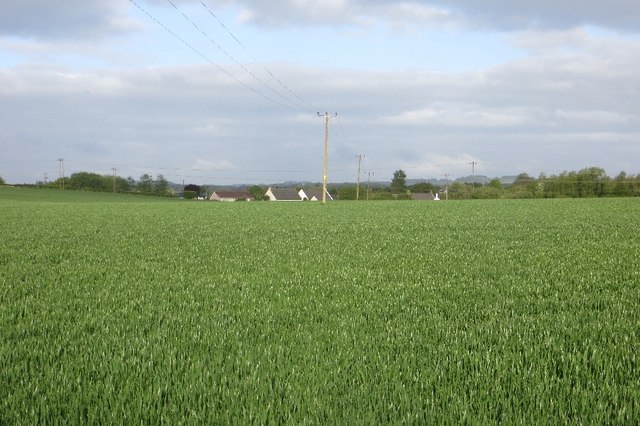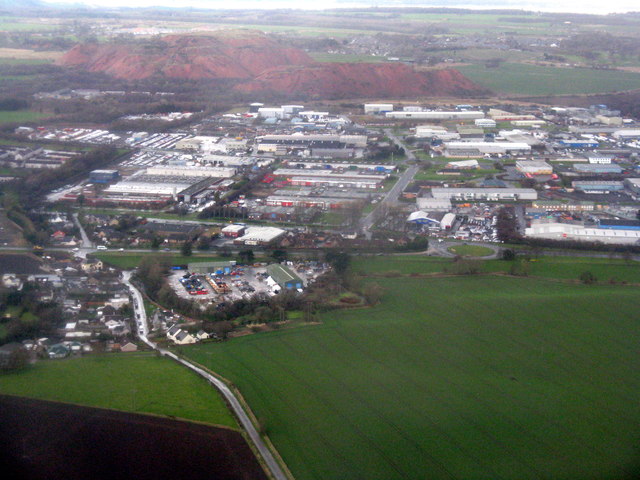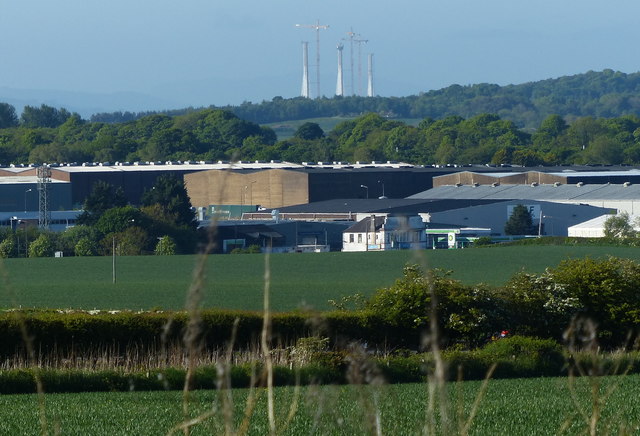Broxburn
Settlement in West Lothian
Scotland
Broxburn

Broxburn is a small town located in West Lothian, Scotland, with a population of around 8,000 people. Situated approximately 12 miles west of Edinburgh, it is part of the wider Edinburgh Metropolitan Area. The town lies on the A8 road, providing easy access to both Edinburgh and Glasgow.
Broxburn has a rich industrial history, primarily rooted in shale oil mining and the production of bricks. In the late 19th and early 20th centuries, the town was home to several oil works and brickworks, which significantly contributed to the local economy. Although these industries have declined, their legacy can still be seen in the town's architecture.
Today, Broxburn serves as a residential area with a range of amenities for its residents. The town features several shops, supermarkets, and local businesses, providing essential services and employment opportunities. The town's location makes it an attractive option for commuters working in nearby cities, with regular bus services and access to the M8 motorway.
Broxburn also offers a variety of recreational activities. The town has a public park, Broxburn Community Woodland, which provides a pleasant green space for walking and relaxation. Sports enthusiasts can enjoy facilities such as the Broxburn United Sports Club, which offers football, rugby, and tennis. Additionally, the town hosts various community events throughout the year, including the annual Broxburn Gala Day.
In summary, Broxburn is a small town in West Lothian, Scotland, with a rich industrial heritage. It provides a range of amenities for its residents and is well-connected to nearby cities, making it an attractive place to live for both commuters and those seeking a quiet residential area.
If you have any feedback on the listing, please let us know in the comments section below.
Broxburn Images
Images are sourced within 2km of 55.934334/-3.469466 or Grid Reference NT0872. Thanks to Geograph Open Source API. All images are credited.







Broxburn is located at Grid Ref: NT0872 (Lat: 55.934334, Lng: -3.469466)
Unitary Authority: West Lothian
Police Authority: The Lothians and Scottish Borders
What 3 Words
///eventful.implanted.radio. Near Broxburn, West Lothian
Nearby Locations
Related Wikis
Broxburn
Broxburn (Scottish Gaelic: Srath Bhroc, pronounced [ˈs̪ɾa ˈvɾɔʰk]) is a town in West Lothian, Scotland. It is 12 miles (19 km) from the West End of Edinburgh...
Sports Park
Sports Park was a football ground in Broxburn, West Lothian in Scotland. It was the home ground of Broxburn United. == History == Broxburn United moved...
Broxburn Athletic F.C.
Broxburn Athletic Football Club is a Scottish football club based in the town of Broxburn in West Lothian. They play their home games at Albyn Park. The...
Our Lady's High School, Broxburn
Our Lady's High School, Broxburn was a former Roman Catholic High School located in the western part of Broxburn, West Lothian in Scotland. The student...
Nearby Amenities
Located within 500m of 55.934334,-3.469466Have you been to Broxburn?
Leave your review of Broxburn below (or comments, questions and feedback).











